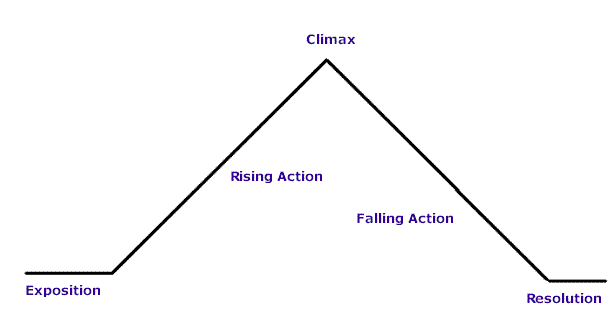What are the steps to unpack a question?
1) Read and circle key words.
2) Define key words.
3) Rewrite the question in your own words.
What is another term for figurative language?
Poetic devices
Examples: metaphor, imagery, simile, hyperbole, onomatopoeia
What is the formula for central idea? (How do you find central idea?)
Central Idea = Topic + Most important thing the author wants you to know
What does STEAL stand for?
Speech, thoughts, effects on others, actions, looks
What is a drama?
A story told in front of an audience
Read the following prompt and determine what type of essay you would write:
Write an essay identifying a central idea of both “Lucy Larcom and Harriet Hanson” and Lyddie, and explain how it is developed throughout each text. Be sure to use information from both the article and the passage to develop your essay.
Compare and Contrast
What is a stanza?
A stanza is like a paragraph in poetry
Is a nonfiction text true or made up?
Nonfiction = true!
Why do we use STEAL?
What are the four literary genres?
Fiction, nonfiction, poetry, drama
Based on this prompt, what type of writing would your essay be?
The passage focuses on the narrator’s interest in a particular object—the wasp house. Write an essay describing how the narrator’s interest in and understanding of the wasp house progresses over the course of the passage. Be sure to include evidence from the text to support your response.
The essay would be in an expository format, which describes the progression, using evidence.
What are the literal meaning poetry thinking jobs? (Each one is 100 points)
1) Dissect the title
2) Identify the speaker
3) Break down the poem into chunks and find the literal meaning of each
What should you do before you read a nonfiction text? (Hint: This is the first nonfiction thinking job.)
Preview the text and identify the topic. You can look at the title, subheadings, images, and the first 2-4 sentences.
What are the points on a plot pyramid (in order)?

Exposition, rising action, climax, falling action, resolution
What type of thinking jobs does drama use?
Dram uses fiction thinking jobs!
How would you structure your response to this prompt?
Identify the opinion in the first paragraph that is supported in the passage. Then, provide the detail that supports that opinion.
TEAL paragraph!
What are the deeper meaning poetry thinking jobs? (Each one is 100 points.)
1) Identify images that come to your brain and why
2) Look at repeated words/phrases and their meaning
3) Identify the tone of the speaker
4) Look at the theme or deeper message of the poem
What are the three questions you should answer while you read a nonfiction text?
While you shrink a nonfiction text, you should answer...
1) Who is it about?
2) What is it about?
3) Why is it important?
What is the setting of a story?
The setting is where and when a story takes place
What are the steps when you see a multiple choice question? (Hint: There are 4 steps.)
1) Read and annotate the question.
2) Look back at the text.
3) Determine what your answer is (without reading the options).
4) Make the best choice that matches with your answer.
How do you structure your note-taking sheet?
Look for:
T-chart with evidence and analysis
Thesis:
What is onomatopoeia?
Words that imitate sounds, such as boom, hoot, clank.
What should your note-taking sheet for a nonfiction text look like?
Topic:
Shrink each chunk (every 2-4 paragraphs)
Central Idea:
Name at least ONE fiction thinking job.
1) Who are the characters and what are their character traits?
2) What is the problem, or conflict?
3) What is the solution, or resolution?
4) What is the lesson learned, or theme?
What do you do when you don't know the definition of a word?
Use context clues - look at words and sentences around the unknown word.
Use a dictionary to look up the definition.
Use a Spanish-English dictionary, in case you know the word in Spanish.